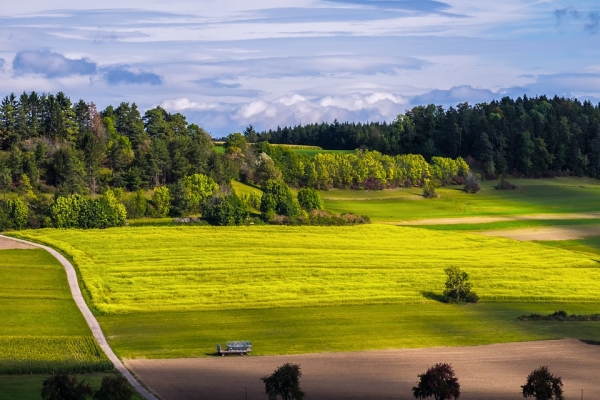LMU researchers have developed a new method that makes it possible to assess the direct effects of human land use on the carbon cycle from Earth observation data.
Vegetation and soils are the main carbon sinks on land, as they currently absorb almost a third of carbon dioxide emissions caused by humans and thereby substantially help to slow down global warming. Alongside energy production and industry, land use contributes substantially to global anthropogenic CO2 emissions. However, forests and woodlands do not sequester carbon as reliably as previously assumed: Their function as a carbon sink is subject to large annual fluctuations and they are susceptible to various environmental influences even without direct human activity. This was revealed by the results of a new modeling approach developed by a team under LMU geographer Prof. Julia Pongratz.
According to these results, not only direct human activities such as deforestation or re-/afforestation determine the effectiveness of the forest as a carbon sink. Natural environmental factors such as forest fires and extreme weather events, and indirect anthropogenic influences such as increasing atmospheric CO2 concentration additionally influence the amount of carbon that can be sequestered by trees and other woody vegetation.
Read more at Ludwig-Maximilians-Universität München
Photo Credit: Couleur via Pixabay


